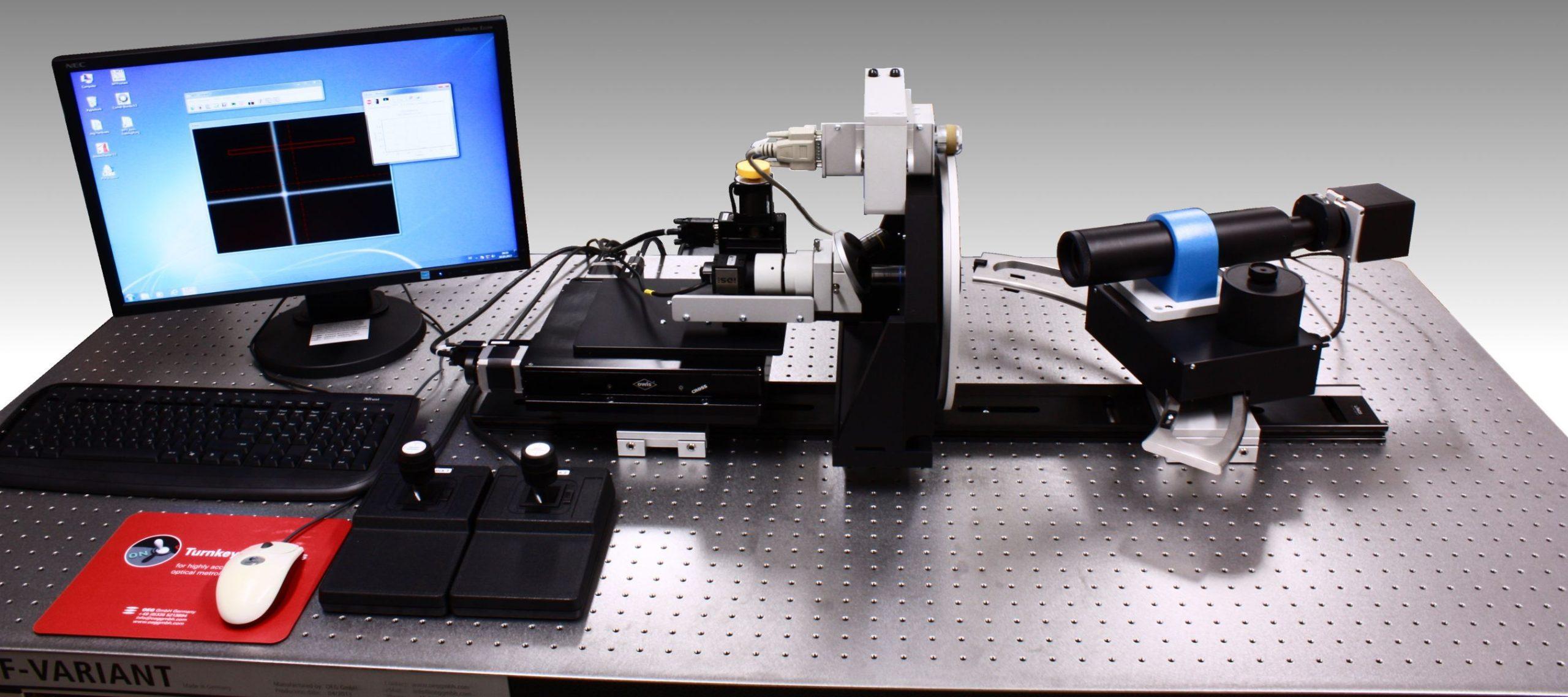In the world of optics and photography, the quest for perfect image quality is never-ending. Among the various metrics and tests employed to evaluate lens performance, Modulation Transfer Function (MTF) testing stands out as the gold standard. This sophisticated analysis offers a comprehensive understanding of a lens’s capability to capture details and contrast, ultimately defining the potential for producing sharp and clear images. This article delves into the intricacies of MTF Measurement, explaining its importance, how it’s conducted, and why it’s indispensable for professionals and enthusiasts alike in the pursuit of optical excellence.
Introduction
As photography and videography continue to evolve, the demand for high-quality lenses that can deliver exceptional image clarity and detail has never been greater. MTF testing, a critical evaluation tool, provides an objective and quantifiable measure of a lens’s performance, assessing its ability to resolve fine details and maintain contrast. By understanding MTF testing, photographers, videographers, and optical engineers can make informed decisions about lens selection and use, ensuring their work meets the highest standards of image quality.
What is MTF Testing?
Modulation Transfer Function testing is a rigorous analytical method used to measure a lens’s ability to transfer contrast at different spatial frequencies from the object to the image. This section can break down the concept of spatial frequencies, modulation, and how they relate to perceived image sharpness and detail. A simplified explanation of the MTF curve and what it signifies about lens performance can make this technical subject accessible to a broader audience.
The Importance of MTF Testing in Optics
Highlighting the critical role of MTF testing in various fields, including photography, cinematography, and optical engineering, can underscore its value. This part of the article can explore how MTF testing influences lens design and selection, impacts post-production decisions, and ultimately affects the visual quality of the final image or video.
Conducting an MTF Test: A Closer Look
Delving into the specifics of how MTF tests are conducted can demystify the process. Describing the equipment used, such as collimators and MTF benches, and the standard procedures for performing the test, including the evaluation of test charts and the analysis of results, can provide readers with a clearer understanding of this complex process.
Interpreting MTF Charts: Reading Between the Lines
MTF charts, with their plots and numbers, can be daunting at first glance. Offering a step-by-step guide to reading and interpreting these charts can empower readers to understand the nuances of lens performance, including sharpness, contrast, and the effects of aberrations. Practical examples of MTF charts from different lenses and what they reveal about each lens’s strengths and weaknesses can add clarity.
The Real-world Impact of MTF Testing
Beyond laboratory settings and technical sheets, MTF testing has tangible benefits for everyday photography and videography. This section can discuss how understanding a lens’s MTF performance can influence creative decisions, from selecting the right lens for a particular shoot to optimizing camera settings for the best results.
Challenges and Limitations of MTF Testing
While MTF testing is invaluable, it’s not without its challenges and limitations. Addressing potential issues, such as the variability in testing conditions and the interpretation of results, as well as the need to consider other factors beyond MTF performance for comprehensive lens evaluation, can provide a balanced view.
The Future of MTF Testing
Speculating on the future advancements in MTF testing, including new technologies and methodologies for even more precise and comprehensive lens assessments, can intrigue readers about the ongoing developments in optical evaluation. Discussing the potential for integrating MTF testing results with other lens performance metrics for a holistic approach to lens quality assessment can highlight the dynamic nature of this field.
Conclusion: The Path to Photographic Perfection
MTF testing is more than just a technical exercise; it’s a crucial step on the path to achieving photographic and videographic perfection. By providing a clear, objective assessment of lens performance, MTF testing helps photographers, videographers, and optical designers make informed choices, pushing the boundaries of image quality further. Whether you’re a seasoned professional or an enthusiastic amateur, understanding the principles and applications of MTF testing can enhance your appreciation of the art and science of imaging.



